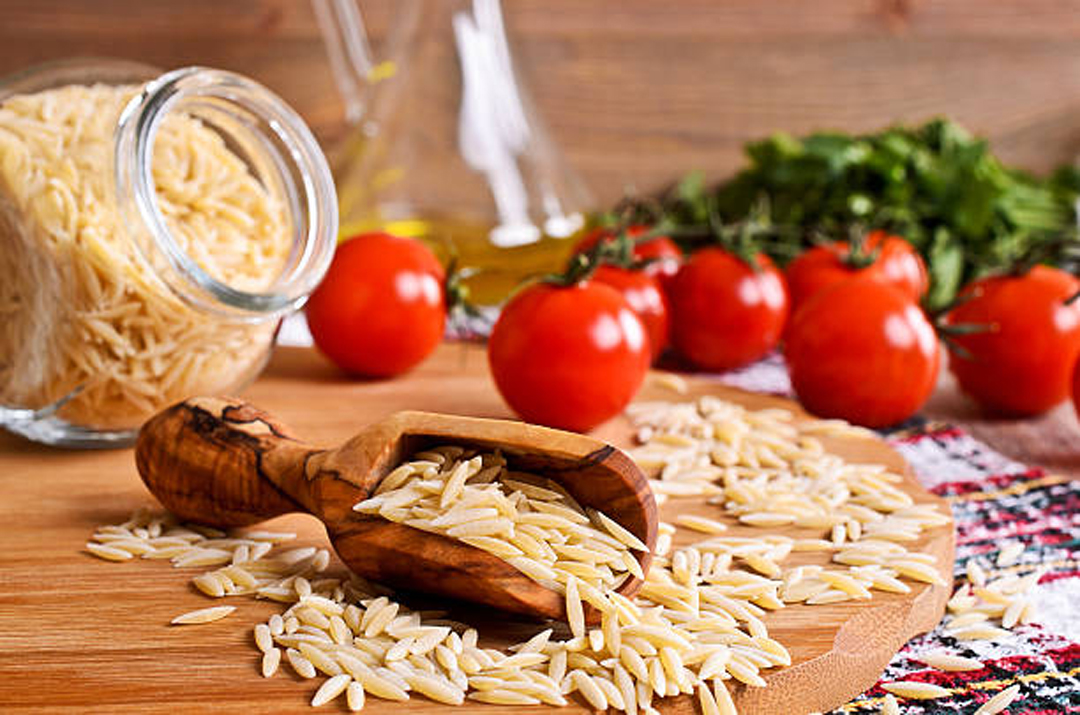
Maybe you have tasted, tried, or just heard about couscous. Chances are you know about it and now you want to learn more, just as much as you want to try your own take while preparing it.
Pearl Couscous, which is also known by many other names such as Israeli Couscous, Ptitim, Jerusalem Couscous, or Giant Couscous, is a delicious traditional African meal that like many other typical dishes has been taken into other lands, where people have learned to love it and truly enjoy it.
Origins of pearl couscous
Couscous has made its way into palates all around the world, conquering Europe and America´s market for African food. But how did it come to that? Couscous has a Moroccan background, and it is made of wheat semolina. It then becomes a traditional dish in many African places as it spreads through these lands.
As with many other foods, Couscous has an intriguing history. Sometime in the middle of the 20th century, Israel was living difficult years and staple foods such as rice were in short supply throughout the country, that’s when Couscous, a different kind from the commercial one everyone knows today, emerged as a good and successful alternative.
It is called “Pearl” Couscous because of its rounded shape, which is obtained after going through several processes where it is also roasted and toasted in an oven to finally be packed and ready for selling.
This rice-shaped pasta has become quite famous worldwide, whenever you need some, you can find it in a large number of supermarkets and prestigious gourmet restaurants where professional cooks are always trying to come up with newer creations based on this wonderful food.
Learn how to differentiate Pearl Couscous from others
Pearl Couscous is often confused with its similar traditional Moroccan Couscous and some other kinds of pasta as Orzo, even with some kinds of rice such as Arborio Rice.
Learning how to differentiate Pearl Couscous from any other couscous-like grains is very important and something that clearly will help when trying a Couscous recipe for the first time. For starters:
- There’s no need to use a “couscous maker” since, as with any pasta, it only needs to be boiled in water for a few minutes.
- Pearl Couscous grains are bigger than those of the traditional couscous, yet they are smaller than its Lebanese cousin the maghrebiyya.
- Pearl Couscous is relatively new in comparison with other grains.
- Instead of semolina, Pearl Couscous is made with bulgur wheat flour.
There might be other key points to distinguish what is Pearl Couscous or not, but those are the basics you need to understand so you get the flavor and texture you’re looking for.
How to get the most out of Pearl Couscous
Any good, respected cook knows the incredible dishes that can be prepared with solely Pearl Couscous. Since this variety of Couscous is not dried but toasted, its properties change in many ways and it is able to absorb all the liquid without losing its rounded shape, making it perfect for salads, and soups, and it works excellently as a side dish for meats or vegetarian dishes.
Staple foods like rice and pasta, such as pearl couscous, are very versatile and easy to cook, which translates into the existence of an unrealistic number of ways to cook them and recipes.
Depending on the recipe you go for, the flavors and textures might change a bit. However, in every case, once cooked, pearl couscous gets a very chewy, pleasant, and slight texture with a salty flavor, a result of the toasting process.
Like regular couscous and other cereals, pearled couscous does not have a strong flavor on its own, so it should be prepared with some seasonings, sauces, or fresh herbs. Moreover, thanks to this particularity, it combines very well with any kind of protein and other dishes.
Best way to enjoy Pearl Couscous
Although the varieties of Couscous and ways to cook them are almost endless, the following recipe is surely one of the best ways to eat it and it is perfect for beginner-level cooks.
Ingredients:
- 2 fresh onions, chopped.
- 2 carrots cut into cubes.
- Two tbsp. of olive oil.
- 2 cups of Israeli couscous.
- 2 cups of vegetable broth.
- 5 tbsp. of raisins.
- 1 tbsp. of coriander.
- Salt to taste.
- ½ tsp. of curry powder.
- Juice of one lemon.
Preparation:
- Cut the onions very finely and the carrots into cubes, in a saucepan put two tablespoons of olive oil.
- Add the onions and carrots and sauté until golden brown. Fill a pot with the vegetable stock, add the juice of half a lemon, a pinch of salt, the coriander and curry, and the couscous paste.
- Bring to a boil and then turn off the heat and cover the pot. Set aside for 5 minutes so that the semolina absorbs all the liquid. Once the cooking is finished, add salt to taste.
- Serve hot and enjoy!
Comments
comments